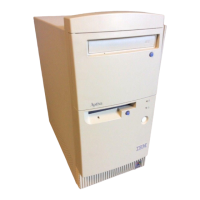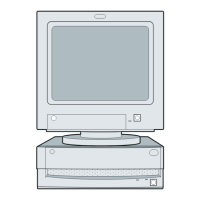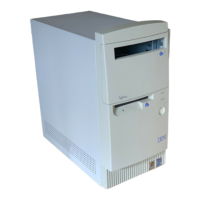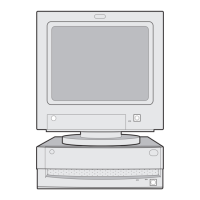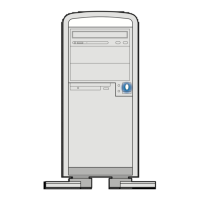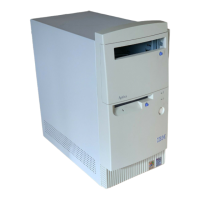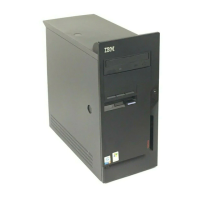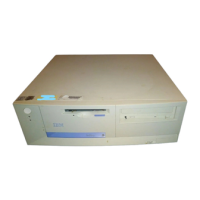110 Chapter 8: Diagnosing and recovering from problems
Printer error. 1. Make sure the printer cable is correctly and securely connected to the
printer and to the parallel (printer) port on the back of the tower.
The printer port has this symbol next to it:
2. Make sure the printer power cord is securely connected to an electrical
outlet.
3. Make sure the printer is ready for printing. (If the ready light is on, but not
flashing, the printer is ready.)
4. If a printer driver is required, make sure the correct printer driver is selected
in the software. For instructions on selecting a printer driver, see “Getting
ready to print” on page 17.
5. Make sure the paper and the cartridge containing the print material (ink,
ribbon, or toner) are loaded correctly.
6. Turn off the printer and computer and wait 15 seconds. Then turn on the
printer f
irst, followed by the computer.
7. If you are printing from Windows 95, look in the Device Manager to see if
any error symbols appear for the port used by the printer. For information
on Device Manager, see “Starting and using the Windows 95 Device
Manager” on page 60.
8. If you are printing from DOS, make sure the Parallel Port option is not
disabled in the Setup Utility. For information about this Setup Utility option,
see “Changing input/output port configuration” on page 37.
9. Make sure the Parallel Port Mode option in the Setup Utility is set to a mode
that matches your printer. For information about this Setup Utility option,
see “Changing input/output port configuration” on page 37.
10. For additional help, refer to the documentation that came with the printer.
Table 3: Troubleshooting: Hardware problems
If the problem is: Here’s what to do:
Note: If any of these problems continue after taking the actions listed, see your online Aptiva Helper for information on running
diagnostics. If you need service, see the HelpWare book.
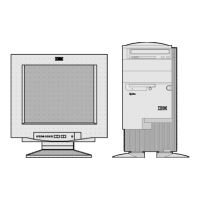
